#and that one bulb has evolved into many hundreds that blanket my hillside in a sea of pink perfection. Over the years I have divided
Explore tagged Tumblr posts
Text
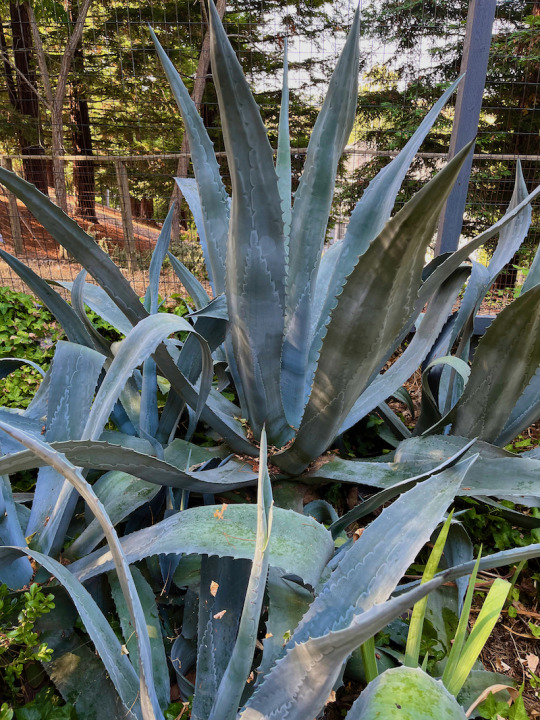

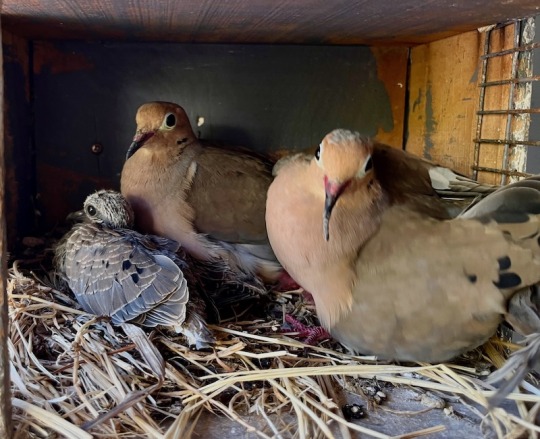
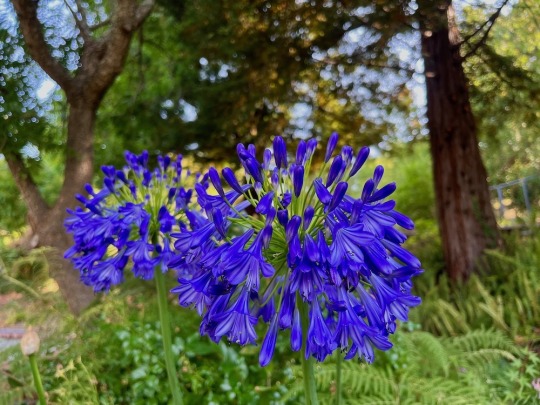
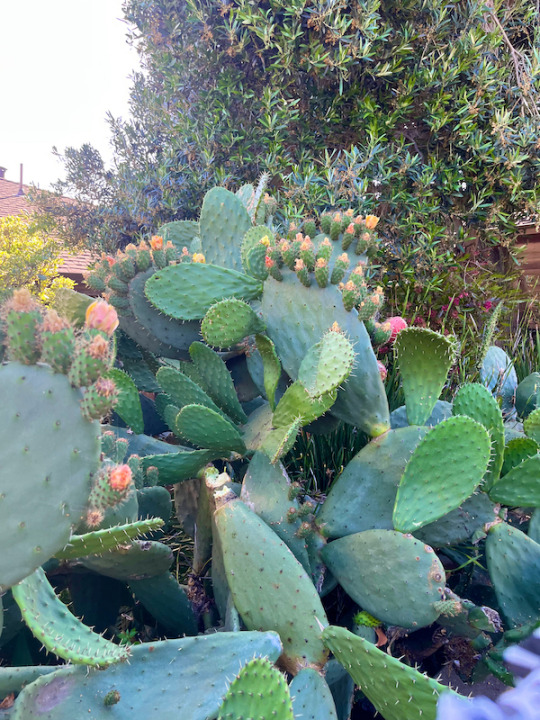
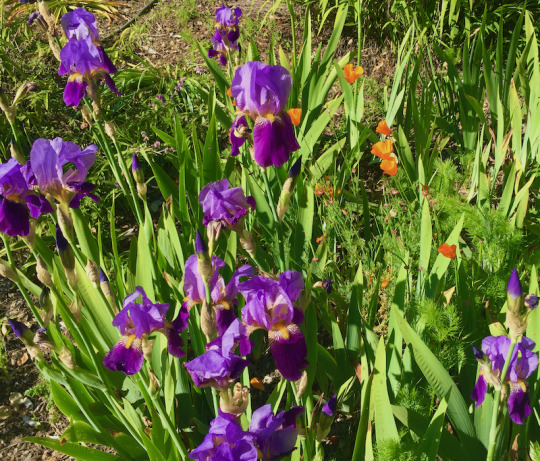

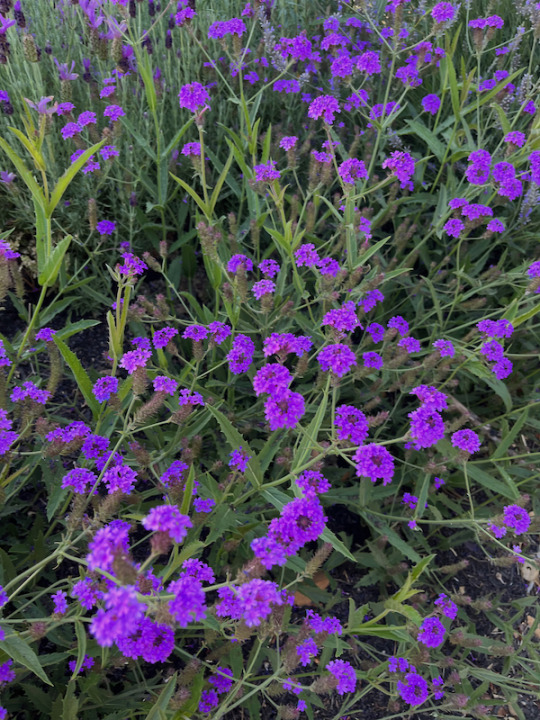

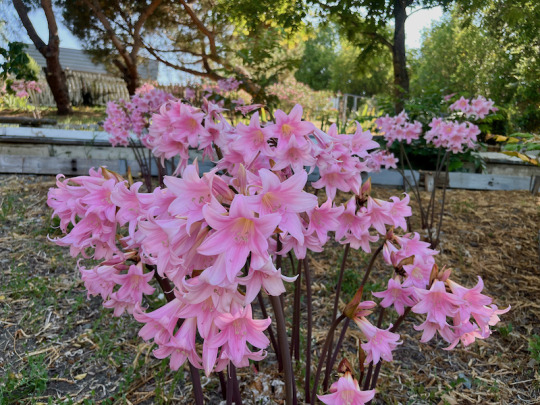
#“There are no happier folks than plant lovers#and none more generous than those who garden.” Ernest Wilson#Many years ago#I was considering adopting two miniature ponies. When I visited the ranch where they were living there was a small pond surrounded by a flu#she told me they were Naked Ladies#a bulb that boasted bright green spear-like foliage in the winter. When the foliage died at the end of spring#it was necessary to remove the brown leaves#leaving the turtle- shaped bulbs slightly protruding from the ground. Indicating that her Naked Ladies needed dividing#she dug up a bulb#instructing me to plant it in the sun “anywhere”#irrespective of soil condition. “Wait for next summer’s surprise#” she said. I followed her directions#and that one bulb has evolved into many hundreds that blanket my hillside in a sea of pink perfection. Over the years I have divided#dug#and donated bulbs to many friends#offering them a summer surprise. Dig and divide! It makes me so happy!#Share StarStyle® Empowerment#This time of year is a perfect time to divide a wide variety of bulbs and perennials. Besides increasing the number of plants in your garde#divisions can be given to other gardeners. Dividing overcrowded plants will give the remaining plants room to grow#maintaining their health#and rejuvenating your beds.#Before you begin#water the area well a few days before digging. With a shovel or garden fork#dig a large area to remove a clump with the root ball#bulbs#or rhizomes intact. Once out of the ground#shake off the excess dirt and cut or pull apart individual crowns. For perennials#make sure you have roots and leaves. Bulbs and rhizomes need roots attached. To avoid having the roots dry out#plant immediately in another area at the same depth and water deeply. To conserve moisture#add mulch to these newly divided plants.
2 notes
·
View notes
Text
Dig and Divide
“There are no happier folks than plant lovers, and none more generous than those who garden.” Ernest Wilson
Many years ago, I was considering adopting two miniature ponies. When I visited the ranch where they were living there was a small pond surrounded by a flush of gorgeous pink blooms that I had never seen before. When I asked the property owner what they were, she told me they were Naked Ladies, a bulb that boasted bright green spear-like foliage in the winter. When the foliage died at the end of spring, it was necessary to remove the brown leaves, leaving the turtle- shaped bulbs slightly protruding from the ground. Indicating that her Naked Ladies needed dividing, she dug up a bulb, instructing me to plant it in the sun “anywhere”, irrespective of soil condition. “Wait for next summer’s surprise,” she said. I followed her directions, and that one bulb has evolved into many hundreds that blanket my hillside in a sea of pink perfection. Over the years I have divided, dug, and donated bulbs to many friends, offering them a summer surprise. Dig and divide! It makes me so happy!
Share StarStyle® Empowerment
This time of year is a perfect time to divide a wide variety of bulbs and perennials. Besides increasing the number of plants in your garden, divisions can be given to other gardeners. Dividing overcrowded plants will give the remaining plants room to grow, maintaining their health, and rejuvenating your beds.
Before you begin, water the area well a few days before digging. With a shovel or garden fork, dig a large area to remove a clump with the root ball, bulbs, or rhizomes intact. Once out of the ground, shake off the excess dirt and cut or pull apart individual crowns. For perennials, make sure you have roots and leaves. Bulbs and rhizomes need roots attached. To avoid having the roots dry out, plant immediately in another area at the same depth and water deeply. To conserve moisture, add mulch to these newly divided plants.
Overcrowded and overgrown plants will not bloom profusely, however, not all perennials or bulbs benefit from dividing. It’s best to leave Baptista, goatsbeard, lupine, milkweed, Russian sage, peony, red hot poker, bleeding heart, Hellebores, lavender, verbena, and oriental poppies alone.
Plants that need dividing every few years (two to five years) for peak performance include:
Agapanthus
Bearded and Dutch iris
Daylilies
Daffodils and Narcissus
Hosta
Lilies
Monarda
Phlox
Cymbidium orchids
Astilbe
Rudbeckia
Echinacea
Yarrow
Lamb’s Ear
Blanket Flower
Aster
Coreopsis
Naked Ladies
Agave
Thimbleberries
When dividing plants, follow these general guidelines:
Prepare the soil: Amend the new location with compost and choose a well-draining location for the divisions.
Water: Before dividing, water the plants thoroughly to ensure they are adequately hydrated.
Dig: Only divide healthy specimens. Be careful to not damage the roots or bulbs by gently digging up the plant clumps using a shovel or garden fork. Start at the drip line by creating a trench and work inwards.
Divide: The best time to divide is when flowering has halted. Once the clump is out of the ground, clip off the remaining stems at the base and trim any dead or dying leaves and roots. Carefully separate plants into smaller divisions using your hands or a sharp knife. Make sure that each division has healthy roots.
Replant: Plant the divisions at the same depth as where the original plant was growing. Water deeply and mulch to conserve moisture.
Maintenance: To establish these new divisions, continue to water and watch. Remove weeds, leaf debris, and grassroots from beds and add a mulch of straw or wood chips. After the blooming season, spent blooms, as well as spent branches, can be removed carefully to keep your beds looking fresh and colorful.
Bulbs should be divided when they are noticeably overcrowded. Bulbs produce offshoot bulbs and as they grow, flowers diminish although leaves flourish. This is when you know it’s time to divide. Let the foliage die back naturally as the plant needs that energy for next year’s growth. Although most plants can be divided in spring or fall, by dividing plants in September, the root systems are allowed to grow before winter arrives. Sometimes when dividing in spring, the heat arrives before the roots have had a chance to develop. Ask for assistance from your nursery or gardening expert if you feel your plant has any specific needs. Follow best practices and you will be rewarded with a healthy garden with a plethora of flowers.
The agapanthus that I grow in my garden came from divisions. My favorite color is the midnight blue agapanthus followed by the pure white species. This season I will be dividing my agapanthus and my iris. The healthy green leaves of the iris will be left undisturbed until later this month, then I’ll trim the leaves to approximately six inches and start dividing.
If you are looking for easy-to-care desert-loving species that require minimal water, agave and prickly pear cacti may fit the bill. Agave is propagated by separating the pups from the mother plant and replanting in another location in sandy or gravel-filled soil. If you enjoy eating the fruit of the prickly pear cacti, and admiring its pretty flowers, I suggest you plant one at the back of your garden so that the spines won’t interfere with your other gardening tasks. The fruit is delicious, the flowers are bold, yet the spines are ferocious. Make sure to wear heavy gloves when working with prickly pears. If you don’t want to cultivate a jungle of these cacti, make sure to pick up and discard any pads that fall on the ground. No need to divide a prickly pear…they spread on their own via dropped pads.
Gardening and sharing the bounty results in joy and happiness. I’ve been fascinated by the flocks of mourning doves that have decided to call my garden home. They do devour my mulberries, but they also eat enormous amounts of weed seeds. Each night I go to sleep to their calming cooing. These peaceful birds don’t seem to mind me photographing them, even in their nests. (See photo).
I didn’t adopt the adorable miniature ponies because the family decided to keep them (smart move), yet I am forever grateful for that single division of the Naked Lady as these belladonnas have brought such beauty to my landscape and the gardens of others. Divide, share, and be happy!
Mark Your Calendar:
On Saturday, September 30th, Be the Star You Are!® will host a booth sponsored by the Lamorinda Weekly Newspaperand MBJessee Painting at the Pear and Wine Festival in Moraga. Stop by to plant seeds and pick up bags of free potpourri. More info at https://www.bethestaryouare.org/events-1/2023-pear-and-wine-festival
Happy Gardening. Happy Growing. Divide and Delight!
For more gardening advice for all seasons, check out Growing with the Goddess Gardenerat https://www.CynthiaBrian.com/books. Raised in the vineyards of Napa County, Cynthia Brian is a New York Times best-selling author, actor, radio personality, speaker, media and writing coach as well as the Founder and Executive Director of Be the Star You Are!® 501 c3. Tune into Cynthia’s StarStyle® Radio Broadcast at www.StarStyleRadio.com.
Her newest children’s picture book, Family Forever, from the series, Stella Bella’s Barnyard Adventures is available now at https://www.CynthiaBrian.com/online-store.
Hire Cynthia for writing projects, garden consults, and inspirational lectures. [email protected]
Read Lamorinda Weekly: https://www.lamorindaweekly.com/archive/issue1714/Digging-Deep-with-Goddess-Gardener-Cynthia-Brian-Divide-and-delight.html
©2023 Cynthia Brian. Photos and Text, All Rights Reserved.Subscribe
Share StarStyle® Empowerment
#[email protected] http://www.GoddessGardener.com#divideanddelight#plants#septembergardenign#cynthiaBrian#starstyle#gardengoddess
0 notes
Text
Plant Parenthood
*I recommend that all bachelors have a garden. It will give them the experience of being a parent.” Richard Goodman
One time when I was the celebrity garden guest on an HGTV program, the discussion turned to relationships and family. My advice was like Richard Goodman. I announced that relationships and parenting are like gardening. They require being present, constant nurturing, detailed attention, consistent efforts, and sometimes sacrifice. If you can grow a plant, you can grow a relationship.
We parent for a lifetime. A garden is forever evolving.
Autumn is the best time to plant. The temperature is usually a bit cooler, yet the soil is warm. Hopefully, a bit of rain will also provide precipitation. During this season, I encourage more people to become plant parents. The secret is to get going now before the first frost.
There are so many easy and inexpensive ways to get started. You can grow in containers, on windowsills, even in cardboard boxes. You can buy seeds, bulbs, seedlings, or full-grown plants. Or you can get plants for free by propagating them yourself, with a little help from your friends.
If you are a beginner, start small so that you don’t get discouraged. Since growing our own food is empowering and nutritious, perhaps start with containers of your favorite herbs or vegetables. Soil is the most important aspect of growing a successful garden. Great garden soil is full of organic matter and crumbles like cake in your hands. According to the Home Garden Seed Association, rich soil is the home of an array of organisms, bacteria, fungi, and insects. It drains efficiently, yet it still retains essential water for the plants. They offer these tips to determine if your soil is ready to accommodate plants.
1. Take a handful of your garden soil and squeeze it. It should hold its shape. Then drop it. It should crumble. This is optimum.
2. If it stays in a ball or falls apart the second you open your hand, you need to add compost to correct the poor drainage. The point is to assist your soil in retaining water and nutrients. Work about three inches of compost into your existing soil, then try the experiment again.
You can buy bags of garden soil, potting soil, and compost. If you are planting in a pot, make sure to purchase new potting soil which has the necessary nutrients to help your plants flourish.
If you are buying plants to boost your autumn curb appeal, simple-to-grow suggestions include pansies, ornamental kale, snapdragons, chrysanthemums, primulas, violas, and Iceland Poppies.
My favorite way of birthing new vegetation is through propagation. Many of the specimens in my garden have been slips, cuttings, seeds, divisions, roots, bulbs, or pinches from my mom’s, sibling’s, or friend’s gardens. A garden is to share and there is nothing more satisfying than growing floras derived from a beloved garden.
Here are ways to become a plant parent or grow your current plant family for little or no cost. In the botanical world, we call it sexual propagation or asexual propagation.
Sexual Propagation
Seeds:
Be a seed saver. Save seeds from your favorite flowers. Because of random pollination by a variety of insects, the baby may differ from the mother. My favorite seeds to save from my flowers are nigella, sunflower, hollyhock, cosmos, nasturtium, calendula, marigold, and lavender. I’m scattering the nasturtium this autumn and the rest will be sowed in the spring. In my potager, I collected the seeds of arugula, sugar snap peas, pole beans, and Swiss Chard. If you saved these vegetable seeds from your summer crops, sow them now. I have grown numerous trees from seeds (and pits) including magnolia, Asian Pear, apple, plum, peach, flowering cherry, Japanese maple, pistache, and loquat. When you gather the seeds, dry them on a screen and place them into a brown paper bag. Label with the date and store in a dark space until you are ready to sow.
Asexual Propagation
This is also called vegetative propagation because the vegetative parts of the plants are used: stems, leaves, roots, and organs.
Cuttings, pinches, and slips: Soon I’ll be pinching my geraniums and pelargoniums. After letting the cuttings harden off for a few days, they will be planted directly in the ground throughout my hillside in sunny areas. Every year in February, I hard prune my many rose bushes. I gave over a hundred cane cuttings to my neighbor and within three months, she had a glorious blooming rose garden. Pinch a small piece of a succulent and it will grow in a pot or the ground. My prolific grapevines are the result of cuttings from our Napa vineyards.
Dividing: Using a garden fork, divide daylilies, Bearded irises, Bergenia, peonies, astilbe, bleeding hearts, Oriental lilies, Naked ladies, and other perennials that are getting too crowded. Rhizomes that are divided such as Bergenia and Bearded iris, can be cut into smaller pieces and planted. Many bulbs multiply including Naked Ladies and daffodils. By digging up a few, you can greatly increase the blooms in your landscape. I started with one Naked Lady (Amaryllis Belladonna) bulb and now boast a blanketed slope of hundreds.
Rooting: Kids love rooting in water in a jar and putting the jars on a windowsill. Sweet potatoes, green onions, ginger, avocadoes, and lettuces can be sprouted in this manner. The ones you buy in the vegetable aisle can be used, although they may not produce as abundantly as ones from a garden center. My preferred method of growing potatoes and sweet potatoes is to cut chunks with an eye or two, let them harden for a couple of days, then plant in a cardboard box placed in my potager with compost-rich soil. By planting them in the box, I always know where to harvest. The cardboard box decomposes adding to the mulch. Layering cardboard in your raised bed before adding the soil is also an environmentally friendly system to suffocate weeds. Ginger can be grown similarly, however, let the sliced pieces of ginger soak in water for twenty-four hours after cutting and before planting.
Grafting, budding, and layering are other ways to propagate plants but if you want exact clones, investigate tissue culture techniques. Whatever way you decide to be a plant parent, you will be rewarded. If something doesn’t work, don’t worry. Failure is fertilizer. Put the mistakes on your compost pile and grow a new garden.
Photos and more: https://www.lamorindaweekly.com/archive/issue1516/Digging-Deep-with-Goddess-Gardener-Cynthia-Brian-Plant-parenthood.html
Happy parenting. Happy gardening. Happy growing!
Cynthia Brian, The Goddess Gardener, is available for hire to help you prepare for your spring garden. Raised in the vineyards of Napa County, Cynthia is a New York Times best-selling author, actor, radio personality, speaker, media and writing coach as well as the Founder and Executive Director of Be the Star You Are!® 501 c3. Tune into Cynthia’s StarStyle® Radio Broadcast at www.StarStyleRadio.com.
Buy copies of her books, including, Chicken Soup for the Gardener’s Soul, Growing with the Goddess Gardener, and Be the Star You Are! www.cynthiabrian.com/online-store. Receive a FREE inspirational music DVD and special savings.
Hire Cynthia for writing projects, garden consults, and inspirational lectures.
www.GoddessGardener.com
0 notes